DPW Design AV2 Handleiding
Bekijk gratis de handleiding van DPW Design AV2 (4 pagina’s), behorend tot de categorie Niet gecategoriseerd. Deze gids werd als nuttig beoordeeld door 34 mensen en kreeg gemiddeld 3.6 sterren uit 17.5 reviews. Heb je een vraag over DPW Design AV2 of wil je andere gebruikers van dit product iets vragen? Stel een vraag
Pagina 1/4

AV2
Attenuverter
The base-function of the AV2 is a dual attenuverter. To the two attenuverters a mixer with an
attenuverter on the output and a comparator is connected.
The combination of simple functions makes this a very useful module to have in your toolbox.
The unit can be used as a utility module for control voltages or to run audio through. It is DC
coupled.
Input A and B
When nothing is connected to A or B the input of the attenuverter is
normalled to +5V.
This gives the possibility to set the output from -5V to +5V DC out via the
knob.
When something is connected to A or B that signal can be attenuated or inverted and attenuated
via the knob. In the middle position the output is zero. Max clockwise you get 1 times amplification
through the module and any signal passes through unaffected. Max counter clockwise the
amplification is -1 times. That is 180 degrees out of phase with the input.
The LEDs shows the output voltage. Green is positive and red is negative voltage.
SUM
SUM is the sum of A and B after their attenuverters.
The knob on SUM is an attenuverter as on A and B.
The LED shows the output voltage. Green is positive and red is negative voltage.
DPW Design, Häradsvägen 200, 14171 Segeltorp, Sweden
www.dpw.se MAN-AV2 Rev B

A>B
A>B is a comparator that is comparing A and B after the attenuverters.
If A is more positive than B the output A>B will go high. If B is the highest the output will go low.
The output is -5V to +5V and has a volume control.
The output can be used as a logical control signal or as a squarewave audio output that can be
PWM modulated depending on A and B.
The LED shows the output voltage. Green is positive and red is negative voltage.
The LED shows the level before the output volume control so you can see how the comparator is
reacting before turning up the volume out.
Device specs
Module size: 5 hp wide, 30 mm deep with power cable connected.
Input impedance: 50 kohm
Output impedance: 1 kohm
Bandwidth: More than 300 kHz.
Power requirements: +/-12V. Max power consumption 45 mA
Connect the power cable with the red stripe down towards the -12V marking.
The unit is protected for reverse power.
Use case examples
A few examples of use cases more than just as dual attenuverter, a 2 channel mixer och a
comparator. Something to get your imagination going.
Bipolar to unipolar
A normal LFO has an output of +/-5V, that is 10V peak to peak. If you have a module
that requires a unipolar signal in you can do that with the AV2. The peak to peak
needs to be reduced to 5V and the signal needs to be moved to be just possitive
voltages.
Connect your LFO to A and set the potentiometer to halfway between the zero and
max clockwise as shown in the picture. You have now set the voltage to half of
whats in on A.
Don't connect anything on B and set the potentiometer to the same possition as A.
This gives a 2,5V DC voltage out on B.
Turn SUM max clockwise and use SUM as your output. Here is your unipolar signal.
If you look at the SUM LED. It shall only be green. If it flashes red when the FLO signal is low, just
turn B up a little more to move the signal more away from the negaive side.
PWM modulation
Connect a sine or triangle audio signal to A. Set the A knob to max clockwise position.
Connect a sine or trangle LFO to B. Set the amount of PWM with the B knob.
A>B is the audio out in this case.
If you want an extra fat and wide PWM stereo sound you can use two AV2 modules connected to
the same sources and set the controls of the two a bit different.
DPW Design, Häradsvägen 200, 14171 Segeltorp, Sweden
www.dpw.se MAN-AV2 Rev B

Wide stereo filter control with spread
This example shows how to filter a mono sound into
stereo.
Connect a mono audio signal into two filters.
Connect A out to the cutoff frequency control of VCF1
and SUM to the cutoff frequency control of VCF2.
Set the knobs as shown in the picture.
A now controls the cutoff of both filters and B will be
the frequency spread control.
To expand the patch:
Turn SUM max counter clockwise. Now when you turn
A up the frequency of VCF2 will go down and you will
get a stereo effect.
To add movement. Connect an LFO to A in and an
other LFO to B in and you can control both stereo filter sweep and spread sweep at the same time.
To make the patch even more interesting. Connect A>B to the resonance control of both filters and
set the amount to taste with the knob.
Rhythmic pattern generator
The AV2 can be used to produce pseudo-random like
rhythm patterns to trigger other modules. For
example drums.
Connect a sine or triangle LFO to A and an other not
synced sine or triangle LFO to B.
Use the A>B output as a trigger to some other
module.
By just varying the setting of A and B you can get at
number of interesting rhythmic patterns with variable
length that has a base length in multiples of the two
LFOs fed to it.
This may sound a bit technical but try it to expirence
what it does.
If one of the LFOs are synced with for instance a
drum machine this pattern will make rhythmic sense
together with the drum machine but still have what
seems to be a life of its own.
When set up this way don't forget that you also have the outputs A, B and SUM to modulate other
parts of your system.
DPW Design, Häradsvägen 200, 14171 Segeltorp, Sweden
www.dpw.se MAN-AV2 Rev B
Product specificaties
| Merk: | DPW Design |
| Categorie: | Niet gecategoriseerd |
| Model: | AV2 |
Heb je hulp nodig?
Als je hulp nodig hebt met DPW Design AV2 stel dan hieronder een vraag en andere gebruikers zullen je antwoorden
Handleiding Niet gecategoriseerd DPW Design

15 Augustus 2023

15 Augustus 2023

15 Augustus 2023

15 Augustus 2023

15 Augustus 2023

15 Augustus 2023

15 Augustus 2023

15 Augustus 2023
Handleiding Niet gecategoriseerd
- Insect Lore
- SLV
- Pride
- Damixa
- UClear
- Nitek
- N'oveen
- Uniden
- Moser
- DVDO
- Bright Starts
- ETA
- Brockhaus HEUER
- Cubot
- ANDYCINE
Nieuwste handleidingen voor Niet gecategoriseerd
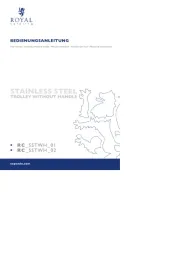
18 September 2025

18 September 2025
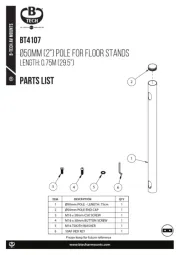
18 September 2025
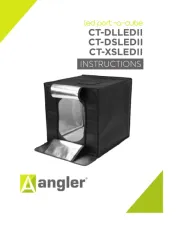
18 September 2025
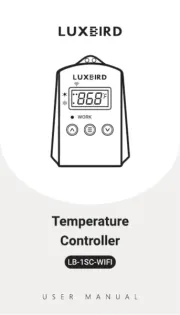
18 September 2025
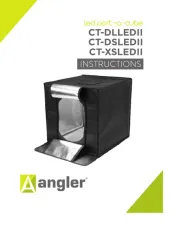
18 September 2025

18 September 2025

18 September 2025

18 September 2025
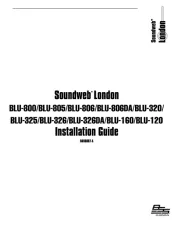
18 September 2025